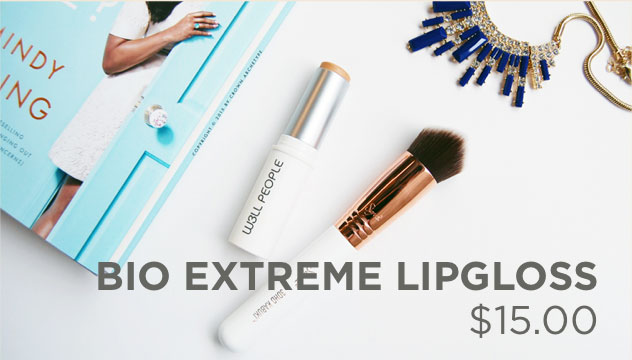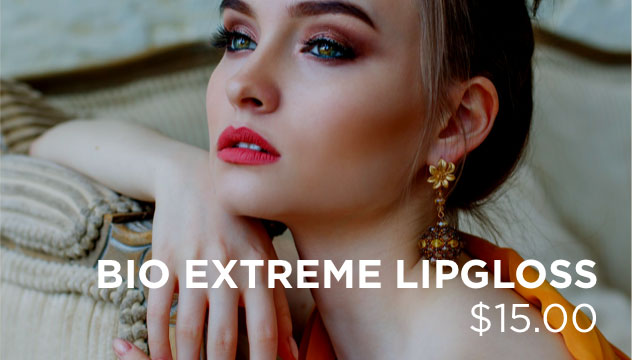
Rumor Has It: We Break Down The Reality (& Dangers) Of Mineral Makeup
A great big thanks to Refinery29 for reaching out to us for this interview! We always knew Shirley was a little bit brilliant, and it's great to have a chance to share her expertise with readers.There's been a lot of chatter lately about mineral makeup and its possible dangers. Long thought of to be a safe alternative to chemical-laden cosmetics, this perfect-blend alternative is suddenly coming under serious scrutiny. Many scientists are raising concerns about the effects of inhaling loose powder foundations, specifically mica, and lung damage.We wanted to see if there was any validity to these rumors, so we caught up with makeup artist and W3ll People co-founder Shirley Pinkson to help separate fact from fiction. Check out this Q&A to find out if mineral makeup is really as safe as it claims.
From your perspective, is loose mineral makeup hazardous to your health?
"First off, it's worth noting there are an alarming number of potential toxins the average person inhales on a daily basis. They come from our air, our water, our food, and even our cosmetics. That said, taking a look at cosmetics is no different than taking a look at what's in your energy bar."There is a potential concern with mineral makeup — specifically regarding the size of the particles. As it turns out, size does matter and there is an important difference between nanoparticles and micronized particles. Here's the fine print: A nanoparticle is a particle so small that it is measured in the billionths of a meter, also called a nanometer. A nanoparticle is defined as anything between 1 to 100 nanometers in diameter. Here's why it matters: Due to the small size of a nanoparticle, it poses a health risk when inhaled, or absorbed into the body (i.e. in the form of creams and lotions) because it may contribute to lung disease, cell damage, and potentially cancer. Loose mineral makeup that includes ingredients in nanoparticle form, therefore, presents a potentual health risk.
"Note, not all micronized ingredients are nanoparticles. Micronized ingredients are measured in the millionths of a meter or micrometers (microns). A micron is 1000 times larger than a nanometer. Most mineral makeup companies claim to use a median particle size of 12-15 microns or higher.
"Bottom line: Concerns regarding nano particles are valid in any context —not just makeup. Yet, it should be noted that these claims have yet to be substantiated by definitive clinical trials. On the bright side, there are definitely safe mineral cosmetic options out there. When choosing a mineral cosmetic, it's important to review the ingredient deck and understand the difference between the two particle sizes."
Are there particular formulas or minerals you should be avoiding?
"Powder or aerosolized forms of nanoparticles should be avoided, if you're concerned with the theoretical risks of lung damage, or absorption. The term 'nanoparticle' should draw the consumer toward concern, rather than micronized minerals in general."What makes you qualified to speak to this topic?
"I am a beauty-conscious makeup artist who co-founded a unique 100% natural makeup brand. A founding member of our team is a medical physician, a dermatologist, who helps guide product development. Leveraging this expert insight, including access to professional medical data, we have been monitoring the theoretical risk of nanoparticle technology since our inception."What are your rules when it comes to looking for and using chemical-free cosmetics?
"Being aware of the ingredients in your cosmetic products is your biggest defense against potential toxins. The FDA does not regulate these items since they are not 'new' chemicals. Any and all types of beauty products have their own potential dangers, such as parabens, PEGs, or petrochemicals. Again, reading the label of your makeup is just as important as reading the nutritional label on your lunch. What we put on our skin absorbs into our bodies and it is crucial to be knowledgable about which ingredients have potentially hazardous implications.


